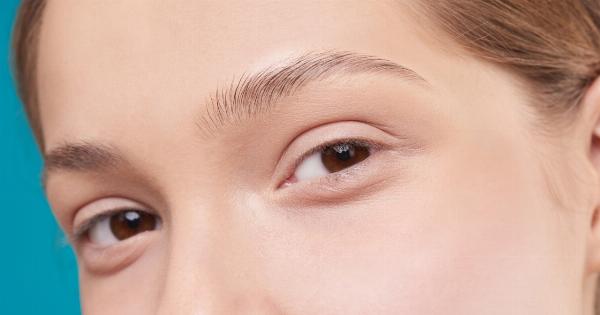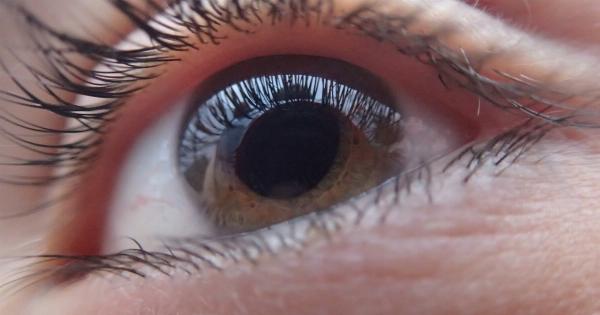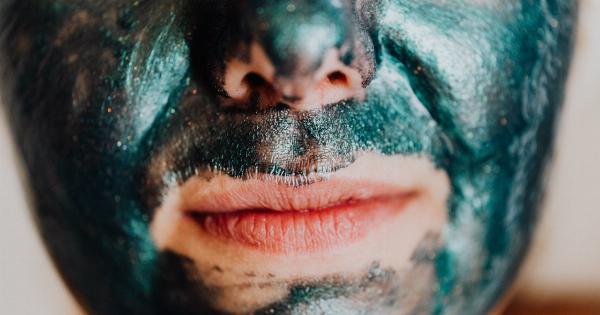Our skin is the largest and most visible organ of our body. It serves as a protective barrier from external factors and helps regulate body temperature. However, as we age, our skin undergoes changes that can result in dermal failure.
Dermal failure is a condition where the skin fails to function properly, leading to various complications. It is vital to recognize the signs of dermal failure, allowing for early intervention and prevention of further complications.
What is Dermal Failure?
Dermal failure is a condition where the skin’s function deteriorates, leading to various complications. The skin’s primary function is to protect the body from external factors such as ultraviolet radiation, pollutants, and bacteria.
The skin also regulates body temperature and maintains fluid and electrolyte balance. Dermal failure occurs when the skin loses its ability to perform these functions properly, leading to several complications.
Signs and Symptoms of Dermal Failure
There are several signs and symptoms of dermal failure that one should be aware of, including:.
- Dry skin
- Itchy skin
- Redness
- Rashes
- Inflammation
- Blistering
- Open sores or ulcers
- Pigmentation changes
- Skin thinning
- Wrinkling
If you experience any of these symptoms, it is recommended to consult a dermatologist or a healthcare provider for proper diagnosis and treatment.
Causes of Dermal Failure
Several factors can contribute to dermal failure. Some common causes include:.
- Aging
- Exposure to ultraviolet radiation
- Environmental pollutants
- Poor nutrition
- Smoking
- Excessive alcohol consumption
- Certain medications
- Chronic diseases such as diabetes and autoimmune disorders
- Infections
It is essential to address these underlying causes to prevent or delay the onset of dermal failure.
Prevention of Dermal Failure
Prevention is key to avoiding the onset of dermal failure. Here are some tips to prevent dermal failure:.
- Wear protective clothing, such as hats, long sleeves, and sunglasses, when exposed to ultraviolet radiation.
- Apply sunscreen with a sun protection factor (SPF) of at least 30.
- Avoid smoking and excessive alcohol consumption.
- Eat a healthy and well-balanced diet rich in essential vitamins and minerals.
- Maintain good hygiene practices to prevent infections.
- Stay hydrated by drinking plenty of water.
- Consult your healthcare provider before taking any new medications or supplements.
Treatment of Dermal Failure
The treatment of dermal failure depends on the underlying cause and severity of the condition. Here are some treatment options:.
- Topical creams or ointments to manage symptoms such as itching, redness, or inflammation.
- Antifungal or antibacterial medications to manage infections.
- Immunosuppressive medications to manage autoimmune disorders.
- Oral medications or injections to manage chronic diseases or infections.
- Surgery to remove damaged tissue and promote healing.
- Skin grafts or reconstructive surgery to restore function and appearance.
It is crucial to follow your healthcare provider’s instructions and advice for proper treatment and management of dermal failure.
Conclusion
Dermal failure is a condition that can result in various complications. It is essential to recognize the signs and symptoms of dermal failure, allowing for early intervention and prevention of further complications.
Addressing underlying causes and following preventive measures can also prevent the onset of dermal failure. Consult a healthcare provider or dermatologist if you experience any symptoms of dermal failure for proper diagnosis and treatment.































